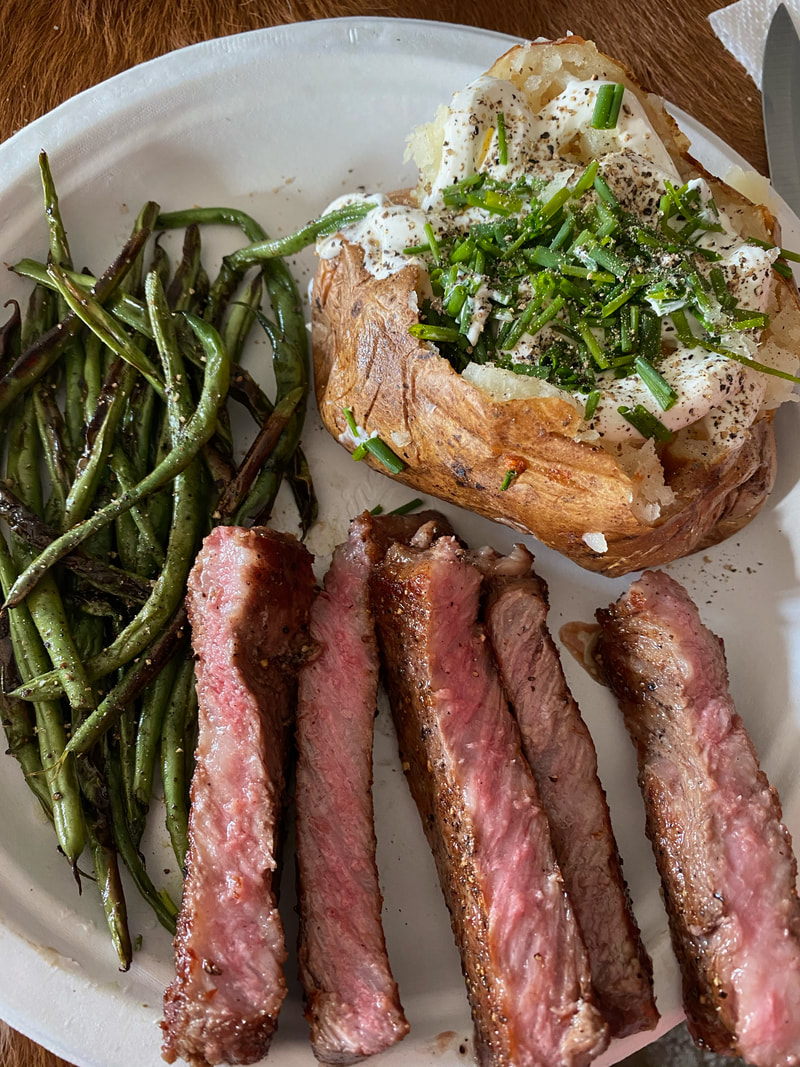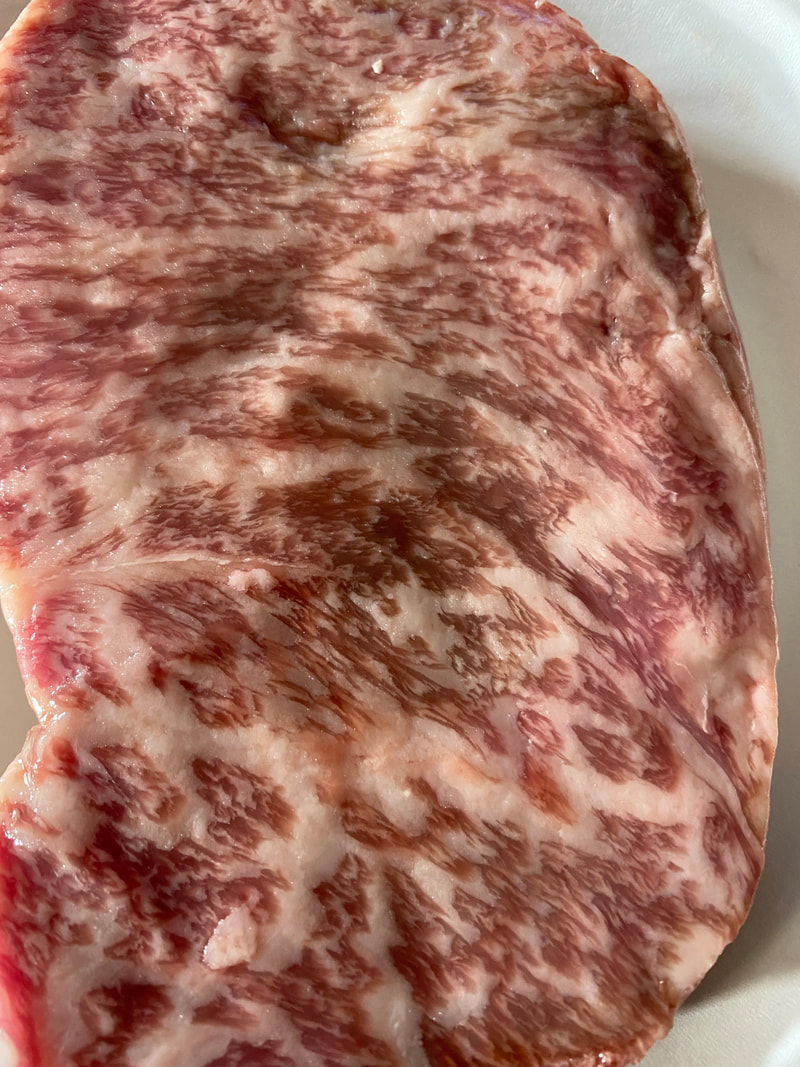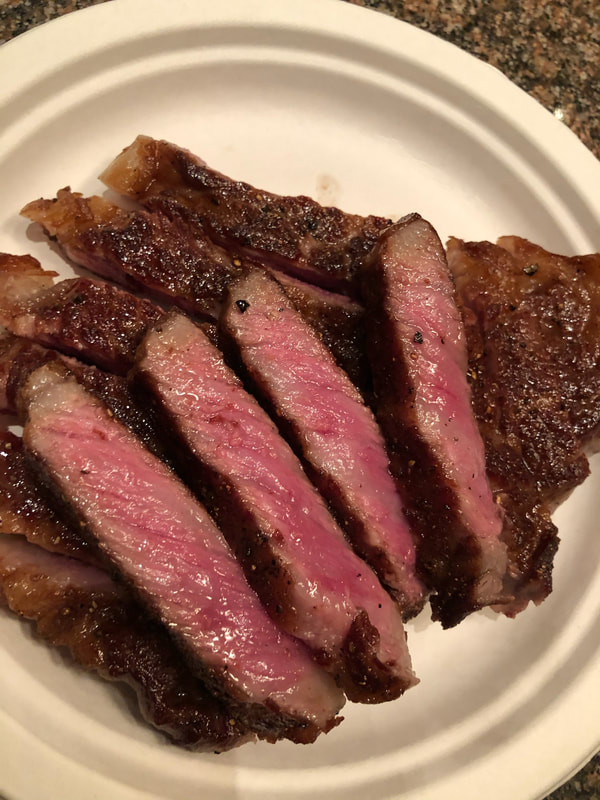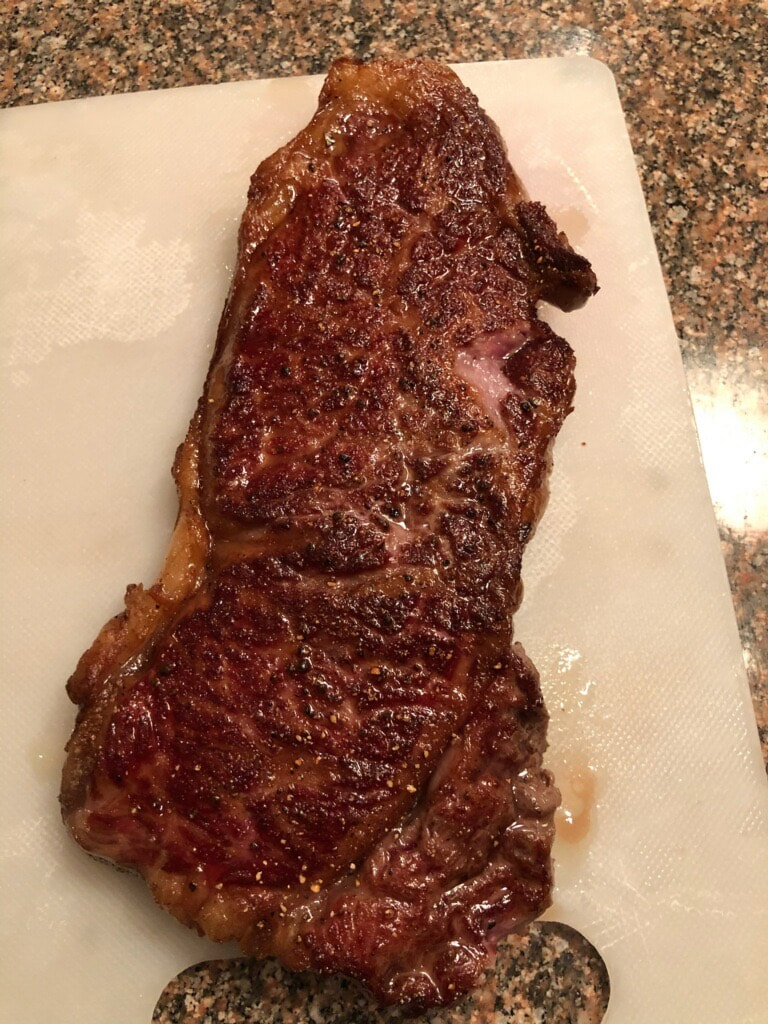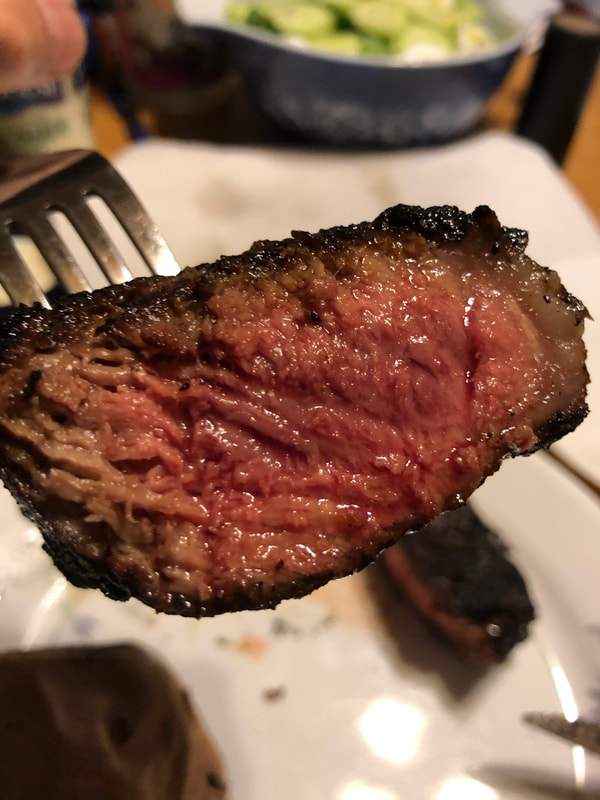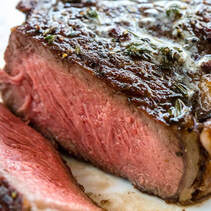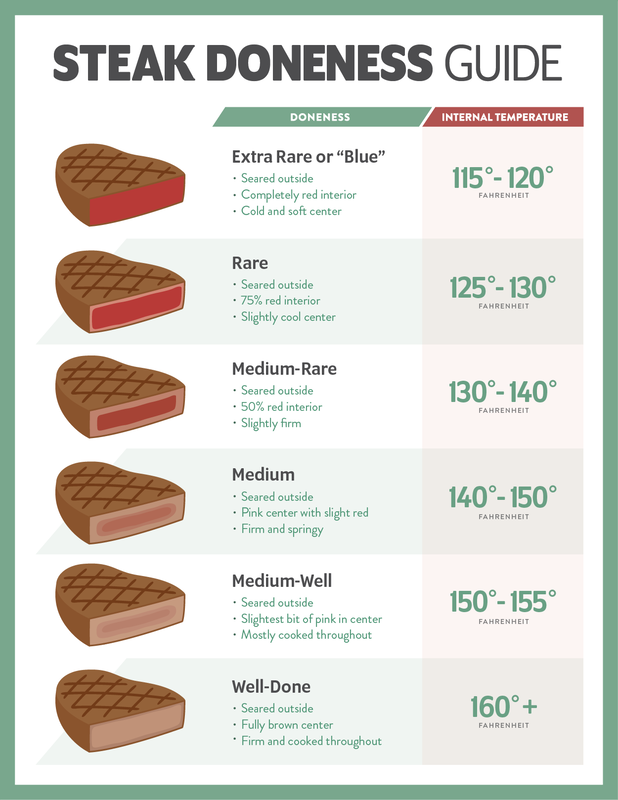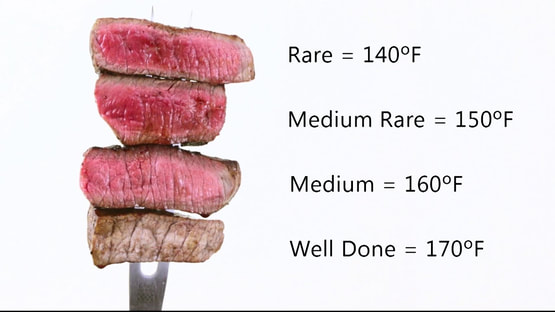Cooking with Mark & Amy
|
|
Meet the mama of Wea Creek Ranch! Recipes passed down from mom are treasures and Wea Creek’s own Amy Muller shares some of her all-time favorites here. |
Learn a new recipe, then make it at home! We love to see your photos. Just post it on Instagram with the hashtag: #WeaCreekRanch.
Featured Recipe:
Perfect Steak
|
Grilling a steak may seem like a simple task, but there is actually some finesse to getting it right—especially when it comes to doneness. The type of steak, its thickness, and the heat of the grill will determine how long it will take to cook, but no matter if it is a 1 1/2-inch thick porterhouse or thin flank steak, the internal temperature is what determines when it's done. From rare to well, each level of doneness has a target temperature, which can be measured using a meat thermometer.
|
Featured Recipe:
Reverse Sear Method
|
Click Play Above
|
Click Play Above
|
Click Play Above
|
Click Play Above
|
Click Play Above
|
Click Play Above
|

Loading Videos...
Is there a certain way grass-fed, grass-finished beef is cooked?
Because grass-fed beef is more lean, is cooks about 30 percent faster than grain-fed beef. Be sure to watch the temperature carefully. You can go from perfectly cooked to overdone in less than a minute. Also, grass-fed beef is ideal at rare to medium-rare temperatures, but if you prefer meat well done, cook at a low temperature in a sauce to add moisture. Also, because it is low in fat, you run the risk of the meat drying out and sticking to the cooking surface so be sure to coat the pan with extra virgin olive oil or another light oil.
How can I tell if my steak is cooked to the correct level of doneness?
You can use a meat thermometer to check the temperature, but the problem with using a thermometer is it pokes a hole into the meat which lets juices escape. For this reason, many experienced cooks rely on the “finger test” method below.

